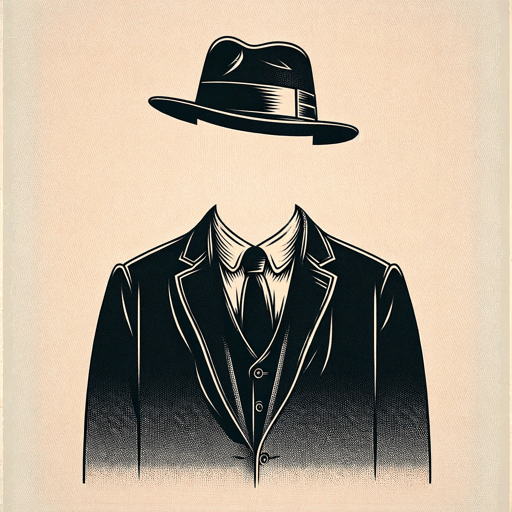24 pages • 48 minutes read
Philip RothThe Conversion of the Jews
Fiction | Short Story | Adult | Published in 1958A modern alternative to SparkNotes and CliffsNotes, SuperSummary offers high-quality Study Guides with detailed chapter summaries and analysis of major themes, characters, and more.
Background
Literary Context: Postmodernism
“The Conversion of the Jews” was written in approximately the first decade of the postmodern literary movement. Works of this movement reexamine previously held traditions and assumptions after the atrocities of World War II, especially the Holocaust. Previously, it was thought that progress was a given. As time advanced, so too did civilization. Scientific and cultural achievements were carrying the world toward utopia. The events during and immediately after World War II called into question all previous assumptions for many philosophers and intellectuals. Literature was under a magnifying glass as writers challenged their authority as possessors of truth. Novels with unreliable or multiple narrators flourished, as did metaliterature, or writing about writing.
Roth’s “The Conversion of the Jews” questions the dogmatic cultural context of the author’s upbringing. Roth’s protagonist interrogates the teachings of his religious school and the spirituality of his mother. Roth inverts the traditional power structure, pointing out the hypocrisies of Rabbi Binder’s hollow religious belief. Ozzie becomes an allegorical Christ figure, mirroring the Sermon on the Mount in which Jesus speaks of the meek inheriting the earth, an inversion of the power structure of ancient Judea.
Related Titles
By Philip Roth

American Pastoral
Philip Roth

Defender Of The Faith
Philip Roth

Everyman
Philip Roth

Goodbye Columbus
Philip Roth

Indignation
Philip Roth

Operation Shylock: A Confession
Philip Roth

Patrimony
Philip Roth

Portnoy's Complaint
Philip Roth

Sabbath's Theater
Philip Roth

The Counterlife
Philip Roth

The Ghost Writer
Philip Roth

The Human Stain
Philip Roth

The Plot Against America
Philip Roth

Zuckerman Unbound
Philip Roth

